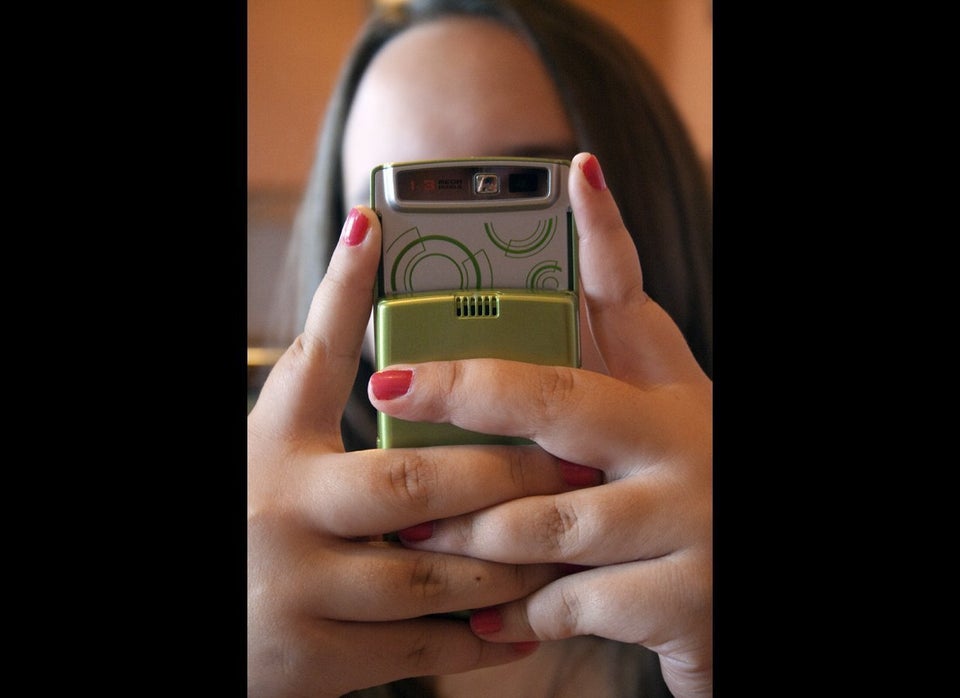
Mat Honan had a worse Friday night than you did: The Gizmodo and Wired writer was hacked by two nineteen-year-old cyber pranksters, who remotely gained access to several of his personal online accounts and wiped clean his laptop, iPhone, iPad and Gmail account.
Of all the jaw-dropping losses caused by this hack, the most gut-wrenching is this one: Along with the emails and documents the hackers erased, Honan also saw every photo from the first year of his new daughter's life vanish from his hard drive, as well as "irreplaceable pictures of [his] family ... and relatives who have now passed from this life."
That situation is -- for any parent, newlywed, world traveler, boyfriend, girlfriend, son, daughter, whatever -- a nightmarish, unthinkable and sickening disappointment. It is also, as Honan admits, completely avoidable, if you are regularly and intelligently backing up your photos both online and to a hard drive.
That can be a bit of bore, but let Honan's tale act as your catalyst: Back up your photos right now, both online and to a hard drive. Go on. Back them up. Before your computer bursts into flame, your iPhone falls into the ocean, and your iPad snaps in half like a piece of matzo. Back up your cherished pictures so that you do not lose them forever, in case you are hacked or your device is stolen or conks out.
Don't know how to back up your device? Now is a good time to learn. If you've got all your photos on your computer -- scrambled around like old Polaroids in a shoebox -- here's how we'd keep them safe:
1) You're going to want to back up your photos online, or "in the cloud," as we nerds like to say.
Storing photos in the cloud means you can access them from any device that has an Internet connection. Your pictures will live online, available on a personal, password-protected website; you can sign in to that website, just like you would your email, to view those pictures or download them onto your computer or smartphone.
Most cloud storage service sites are free to sign up for, and each service gives you a certain amount of free space before you have to pay a yearly fee. (Check out a pricing chart here).
Which cloud should you choose to park your keister upon? These cloud storage sites are all easy to use and function essentially the same: What really matters is that you select one and commit to it. A cloud service attached to your email (like Google Drive) or desktop operating system (iCloud for Apple, and Microsoft SkyDrive for the coming Windows 8) increases the likelihood that you'll remember to save pictures in the future, which increases the likelihood that you won't get burned by a computer crash.
So, if you have a Hotmail or MSN account, or are planning on buying a Windows 8 computer, you might try Microsoft's SkyDrive; if your email is on Gmail, Google Drive might be best for you. If you're an all-Apple-everything kind of guy or gal, iCloud might be the most convenient, and you can easily set it up to back up new photos and videos (instructions here). Dropbox, SugarSync and Box are older, equally popular options. Whatever you choose, just stick with it.
After you create your cloud account, start uploading those pictures to it. Each of the websites offers simple, step-by-step instructions on how this is done: Generally, there's an upload button that will bring up the contents of your hard drive, where you can select a file or folder that you want stored in the cloud. You can also download a desktop app for each of these services, which lets you physically drag the photos you want synced into your cloud folder.
2) Buy an external hard drive.
An external hard drive is a portable storage space that plugs into your computer and can be used to store huge amounts of data and files; it's also part two of our Cherished Photo Protection Plan.
If you own a computer, you really should already have a portable hard drive -- backing up your entire hard drive and operating system regularly can dull the pain of any number of digital catastrophes that could otherwise wipe out your data.
You can buy an external hard drive on Amazon for under $100; a good rule of thumb is to purchase one that has at least twice as much storage as your computer's hard drive. Most external hard drives are easy to operate, as you just plug the drive in to your computer and drag the folders and files you want saved into the folder that represents the drive.
There are also several free programs you can download that will automate the backup process for you without changing anything on your computer: On Windows, try CrashPlan; on the Mac, try Carbon Copy Cloner or the built in Time Machine. Each of these programs will walk you through the process of backing up your entire system onto an external hard drive, just in case anything -- like, say, a devastating hack attack -- happens to you and your gadgets.
*
Unless you have magical clairvoyant powers, you cannot know when your computer will fail, your hard drive will go down, or malicious hackers will annihilate your memories. Backing up your computer isn't the sexiest or most gratifying activity, but it just might be the one that saves the all-too-vulnerable trove of memories on your laptop.
Stop putting this off. Back up your photos and other essential files today.
